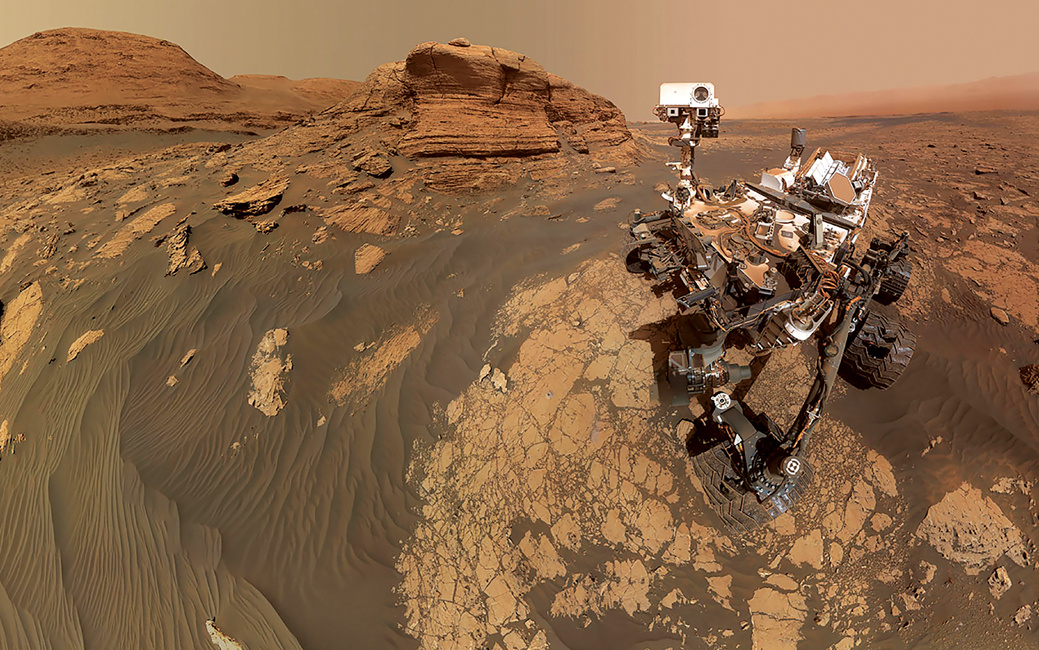A story of fire and water on the Red Planet
Mike Thorpe ’12 talks about the recent studies published on samples of Mars’ surface
By Megan Bradshaw on December 7, 2022

NASA’s Perseverance rover made a bulls-eye landing in Jezero Crater on Mars on Feb. 18, 2021. Its mission was to collect soil, air and rock samples to determine if there was or could be a habitable environment there.
Mike Thorpe ’12, a Mars sample return scientist based in Houston, Texas at the time, was part of the team that interpreted and analyzed the data the Curiosity rover sent back to Earth. Thorpe also worked in curation for the Mars Sample Return project. He was profiled in the fall 2021 issue of TU Magazine.
Several of those samples have been detailed for the first time in three studies published in the journals Science and Science Advances.
“It’s really exciting,” Thorpe says of the papers’ findings. “We were anticipating seeing sedimentary rocks [in Jezero Crater], but when the rover landed, it started exploring igneous rocks that had huge olivine grains—very different than what we were expecting.”
Sedimentary rocks are formed when minerals or organic particles accumulate on a planet’s surface. Igneous rocks form when hot, molten rock crystallizes and solidifies. Olivine is a type of mineral group that forms when lava cools. The size of the grains relates to how long it took the magma to harden. There is evidence in Perseverance’s samples of the olivines altering after encountering water at several times in Mars’ history.
“It’s like Mars always has an exciting trick up its sleeve,” Thorpe says.
Now an assistant research scientist at Goddard Space Flight Center in Maryland, Thorpe consults with his colleagues about the directions the science behind the rovers could take when the samples return.
“Since the papers started to be conceptualized, we have more samples to examine,” he says. “The rovers are uncovering exciting things. We’ll see how the story continues to unravel.”
Thorpe may tell more of that story in the introductory geology course he’s teaching at TU during the spring term.
“[I wanted to get] back into a classroom and back to my roots. Towson’s where it all started,” he says. “I was sitting in a classroom and had no idea I’d be working with NASA and the Mars rover. It’s my way of paying it forward. If I can reach one person the way I was reached in my geology classes, then that’s a win for me.”
For more stories like this, check out TU Magazine.
Get More